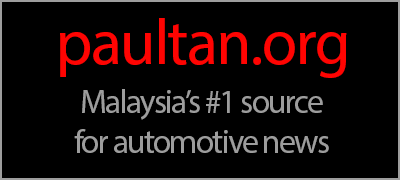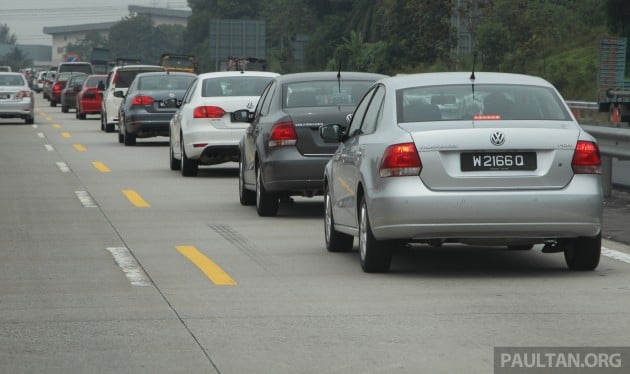If you see someone driving too close to another vehicle on the road, snap a picture of the tailgater and send it to the Road Transport Department (JPJ). That’s the call being made by the department in a bid to punish such errant driving behaviour, Astro Awani reports.
Penang JPJ director Datuk Hassan Yaakob advised drivers who came across tailgaters to snap a picture of the offender – with the vehicle number plate being visible – to enable action to be taken by the authorities. The next couple of days may see less of this behaviour, given the heavy traffic conditions on highways reducing movement to a crawl.
Hassan said tailgating, which is one of the seven main road traffic offences being given attention by JPJ, does not only endanger the driver but is also the main cause of road accidents.
He said the other major offences include beating traffic lights, cutting into double lanes, usage of mobile phones while driving, driving on the emergency lane and refusal to use seatbelts and wear helmets.
He said the country’s road fatality record of almost 7,000 deaths yearly was poor compared to a country like England, which recorded a lower death rate despite a high population density. “Our aim is by 2020, we should reduce if possible, out of every 10,000 vehicles, only two accidents and two deaths. That is our plan,” he told reporters.
Looking to sell your car? Sell it with Carro.












AI-generated Summary ✨
Most comments expressed frustration with Malaysian drivers' poor behavior, including tailgating, lane hogging, speeding, and reckless maneuvers. Some highlighted the dangers caused by impatient drivers and the lack of discipline on the roads. Several emphasized the need for better enforcement, such as installing dashcams, CCTV, and stricter penalties, including suspending licenses for habitual offenders. A few comments raised concerns about the practicality and safety of capturing photos while driving, suggesting it may be risky or impractical. Overall, sentiments reflect a desire for improved road safety, stricter law enforcement, and behavioral changes among drivers to reduce accidents and congestion. Off-topic discussions about government accountability and unrelated driving habits were also present but less relevant.